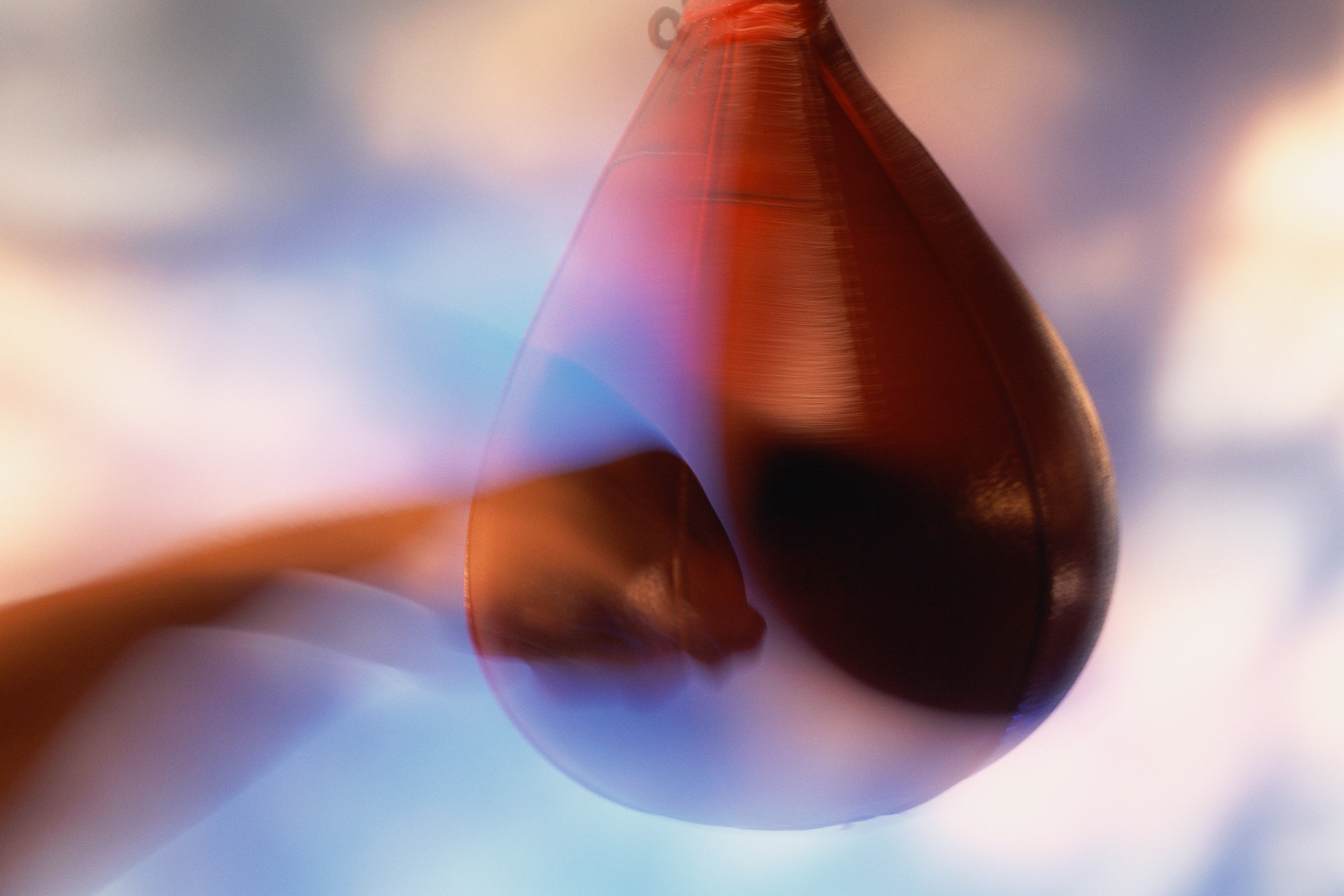
Americans may not be able to agree on what makes them angry, but there is one thing Americans can agree on: They are raging. Some people are more irate than others: A Pew Poll from January 2022 found that 55 percent of American adults feel angry when they think about the state of the country. People under the age of 35 are especially angry, and 84 percent of people think Americans are angrier today than they were a generation ago.
The reasons why we are all so incensed — whether they are close to home or national issues — don’t magically disappear after a week. As one famous Tweet reads: “Everything happens so much.”
Anger is a part of our reality. Is it possible to use it for good?
In short, yes. But it’s complicated.
Ryan Martin is a professor and associate dean at the University of Wisconsin, Green Bay. He also authored the book Why We Get Mad: How to Use Your Anger for Positive Change. Martin doesn’t think of emotions as inherently positive or negative. Instead, he views them as sources of information and motivators.
“In the case of anger, when you feel it, it’s telling you that you believe you’ve been wronged or treated poorly or had your goals blocked,” Martin says. “The anger provides you with that information and the energy to do something about it.”
The downsides to anger may seem obvious: It can spur violence, augment anxiety, and breed resentment. But if you learn to use anger in a constructive way, it can also be a tool for dealing with a difficult situation.
Constructive anger versus destructive anger

The debate over what anger really is exists within a more extensive discussion over what emotions are in general. If you look at a person, you might find it hard to know whether or not they are angry because people display their ire differently.
And while anger can trigger a sense you aren’t to blame for how you feel, it’s not so simple as blaming a person for your plight. Situational anger, for example, results from an environmental trigger — like your political party doing badly at the polls or not having enough food to eat. In a 1996 paper, researchers write that situational anger can “be a useful force in public life, enabling citizens to draw attention to the seriousness of social or political problems, without necessarily vilifying political officials.”
The historical challenge of understanding anger also stems from the back-and-forth over whether it’s a good or bad thing. Today, most researchers have come to view anger as a means to help us understand and respond to upsetting situations — if it is used constructively. Destructive anger, meanwhile, is when anger is uncontrolled and overpowering.
To gauge if your own anger is constructive or destructive, Martin suggests considering its consequences. Is your anger damaging your relationships? Do you need alcohol to manage it? If so, then your anger may be moving away from a natural reaction to something darker.
Martin says it’s also important for people to explore why they are getting irate in the first place.
“One of the toughest issues about anger is that feeling like you’re being treated unfairly and actually being treated unfairly aren’t always the same thing,” he says.
“To use a political example, actual election fraud is a very good reason to be angry,” Martin adds. “But, believing there was election fraud without evidence is not a good reason to be angry. I think people have an obligation to themselves and those around them to make sure their feelings are rational and justified before acting on them in a way that will hurt people.”
How anger can help you

The most obvious examples of anger being used for good often involve a person trying to create change, Martin says. Think of the person who is so angered by a policy decision that they decide to run for office, or a person so frustrated by a court decision that they decide to march in protest.
But he notes that anger can help us in less obvious, smaller ways too.
“We may get frustrated by the behavior of a family member or friend and that motivates us to speak to them in the hopes of addressing it,” Martin says. “We may get so irritated by a broken item in our house, that we stop what we’re doing to fix it. We don't tend to think about it this way, but our anger is one of the reasons we take care of little annoyances.”
Meanwhile, studies suggest anger only rarely turns into a blind rage. More often, it’s a force that we can use to establish boundaries or to finally have a difficult, much-needed conversation. In this, way, expressing anger in a constructive way can strengthen relationships.
Researchers also describe anger as an “indispensable political emotion” because it both motivates and fuels action. But whether or not anger is being used for good may depend on who is observing the moment. In a 2004 paper on the subject, University of Aberdeen professor Mary Holmes reflects on the importance of being angry, writing:
“Does anger inevitably contribute to nationalism, racism, self-centered individualism, and division, or does it challenge injustice, resist the bureaucratization of politics, and allow greater celebration of diversity?”

Some studies also show that anger can help certain people because it shows their power. Politicians who express anger, for example, are more highly regarded than those who more often express sadness or guilt. Other studies suggest that when anger is verbally expressed in the workplace in a non-threatening way, the person expressing it is viewed as competent — and more likely to win in a negotiation.
Critically, this glow does not extend to everyone: A number of studies show that while this may work for men, women and Black people who express anger are typically perceived as being too emotional.
For example, in a 2021 study researchers examined the effects of the “angry Black woman” stereotype in the workplace. “What’s interesting is that as a leader, expressing anger can actually help you at work,” co-author Aleksander Ellis commented. “So, if you get angry at an employee who is doing something unethical, for example, other people actually see that in a positive light.”
“But what we’re suggesting here is that there may be a bias against women, and in particular, Black women when they express anger at work,” Ellis said.
This critically does not mean that these people should not express anger, but it does show that the ability to express anger without experiencing further harm is a privilege. In turn, expressing anger in a constructive way is literally healthy: In a longitudinal study on anger, scientists found people who hid their anger were more likely to become sick than others who let their anger and annoyances be known.
How to think about your own anger
It’s fair to not like feeling angry, or to view it as a negative feeling, Martin says. But he recommends treating it like thirst — anger is a feeling that encourages us to take care of ourselves.
While a person cutting your car off in traffic may cause momentary anger, other igniting events may keep you angry. To avoid becoming emotionally overwhelmed, Martin recommends frequently checking in with yourself. Ask yourself the tough questions: Am I taking care of myself? Am I helping others? Is this a reasonable response?
You might find yourself with a good reason to be angry but too fatigued to do much about it.
“That’s a sign that you might need to rest or refocus on something different for a while,” Martin says.
There’s one more caveat: Anger can lead to positive change, but this is far more likely if you believe that change is possible. If you don’t think it is, anger is more likely to transform into resentment.







